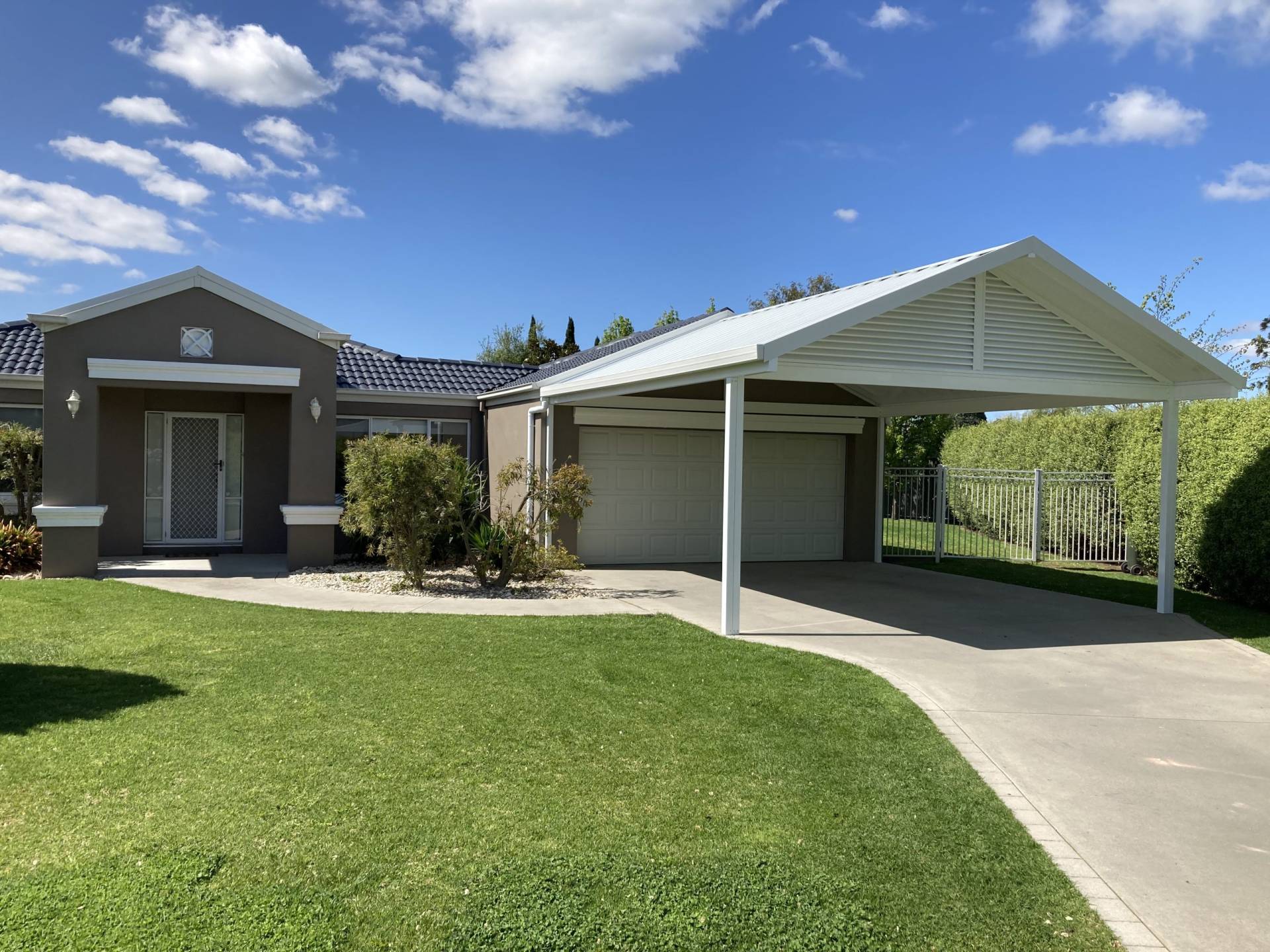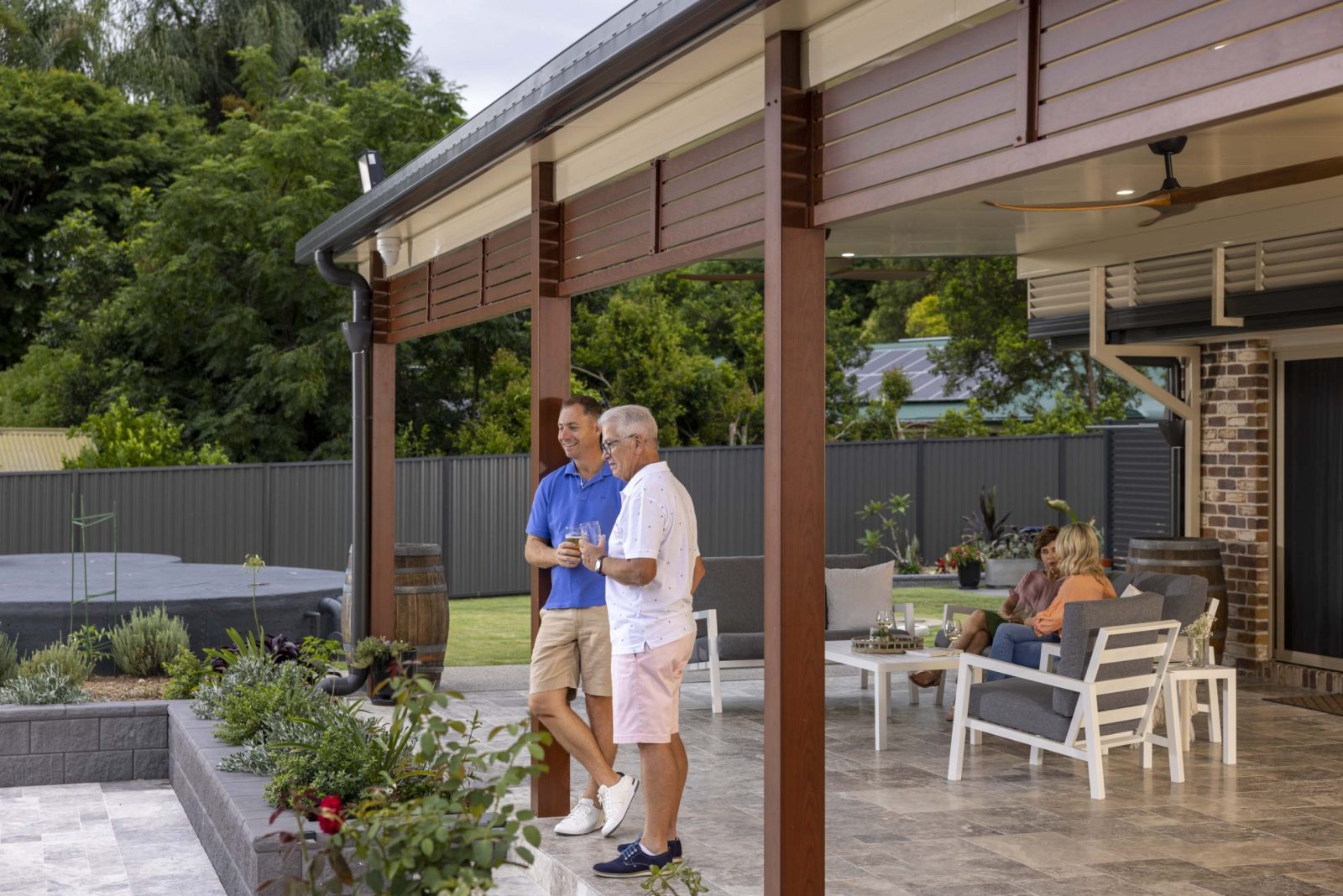As the sun blazes down or hailstones clatter onto the roof of your prized vehicle, you may find yourself contemplating the idea of building a carport. Not only does a carport protect your pride and joy from Mother Nature, but it can also boost the charm and value of your home. But before you start laying foundations and choosing paint colours, there’s one crucial question you need to answer: ‘Do I need council approval to build a carport?’
In this blog post, we’ll walk you through the process and explain why it’s so important to make sure your new carport ticks all the legal boxes. Whether you’re a homeowner looking to embark on a DIY project or considering hiring professionals, this guide will provide the insights you need to navigate the approval process smoothly and legally.
Let’s explore together.
Do I need a building permit to build a carport?
Yes, in Australia, building a carport typically requires a permit. This is to ensure the structure adheres to planning, safety and design standards. Even freestanding or temporary carports might need approval. To avoid legal issues, secure necessary permits before construction begins.
If you’re building a new house with a carport, this planning approval should coincide with your house’s building application. However, if adding a carport to an existing house property, a separate building approval is needed.
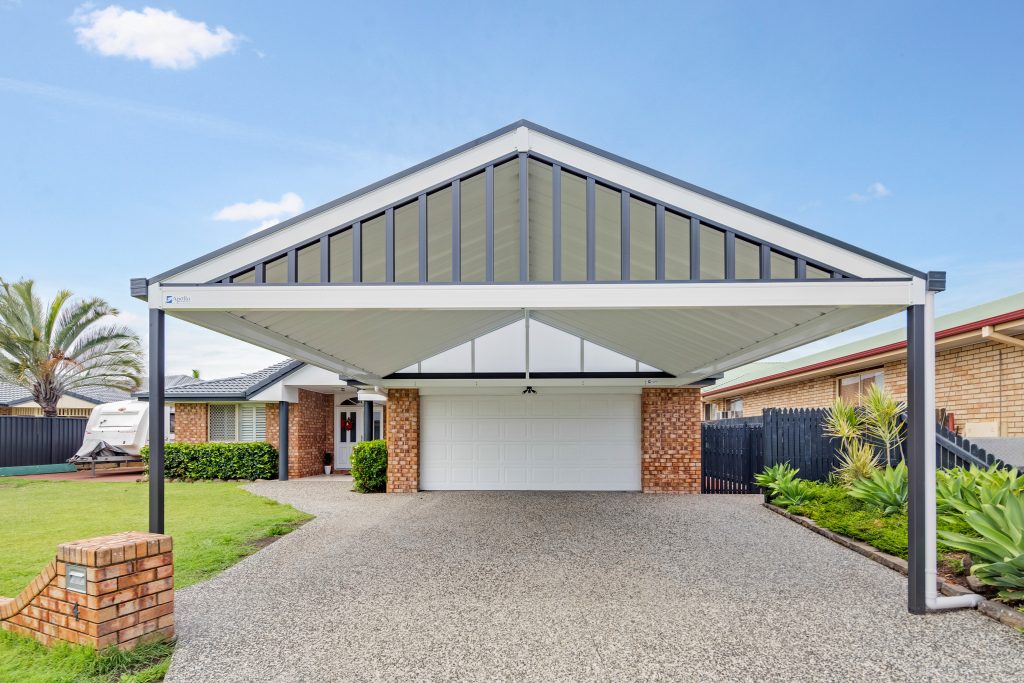
Why do I need council approval to build a carport?
Understanding why you need council approval to build a carport is crucial before commencing your project. Here are 5 things to consider:
Ensuring Safety
Building approval is key to ensuring that your carport is safe and compliant. This approval means your carport’s design, location and materials have been vetted against local planning regulations and safety standards, thus protecting you and your family from being responsible should an issue arise.
Complying with Regulations
Approval ensures that your carport complies with local building codes and carport regulations. This is important as it helps avoid legal complications down the line, including penalties or the need for costly alterations.
Maintaining Aesthetics
Local councils often have guidelines to ensure new structures do not disrupt the visual appeal of the neighbourhood. By obtaining council approval, you ensure that your carport meets these aesthetic guidelines and aligns with the character of your surrounds.
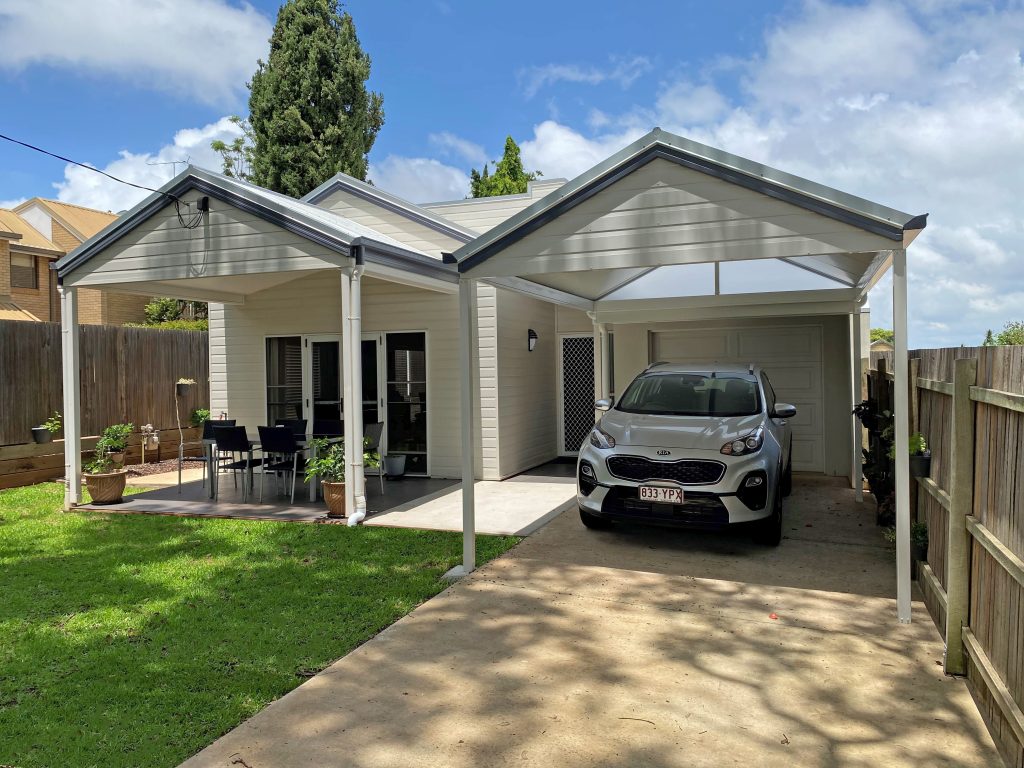
Preserving Property Value
Building a structure without the necessary permits can negatively impact your property’s value. Future buyers might shy away from being involved in the headache of sorting out any unauthorised additions. In turn, this could make selling your property a bit trickier down the line.
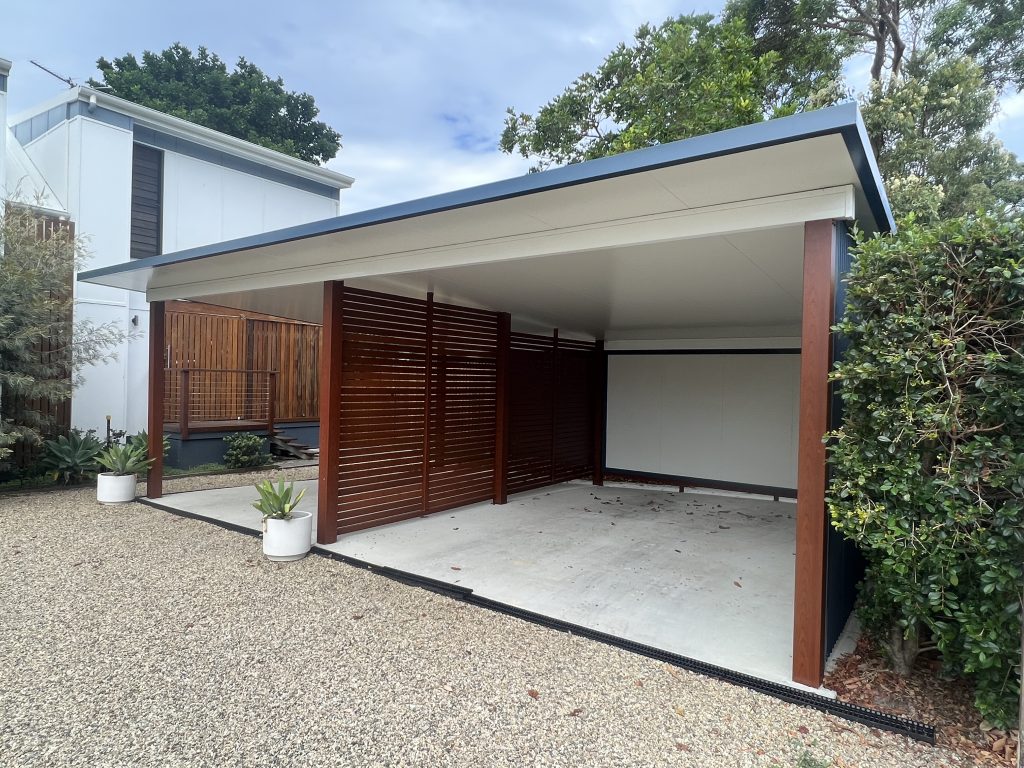
Avoiding Penalties
Constructing a carport without council approval can result in substantial fines or even the forced removal of the structure. Securing approval beforehand helps to avoid these potential consequences.
What is the council approval process?
Every local council might have its unique set of guidelines, but when it comes to carport construction approvals, the basic principles are pretty much the same. Let’s break down this process into bite-sized steps for you:
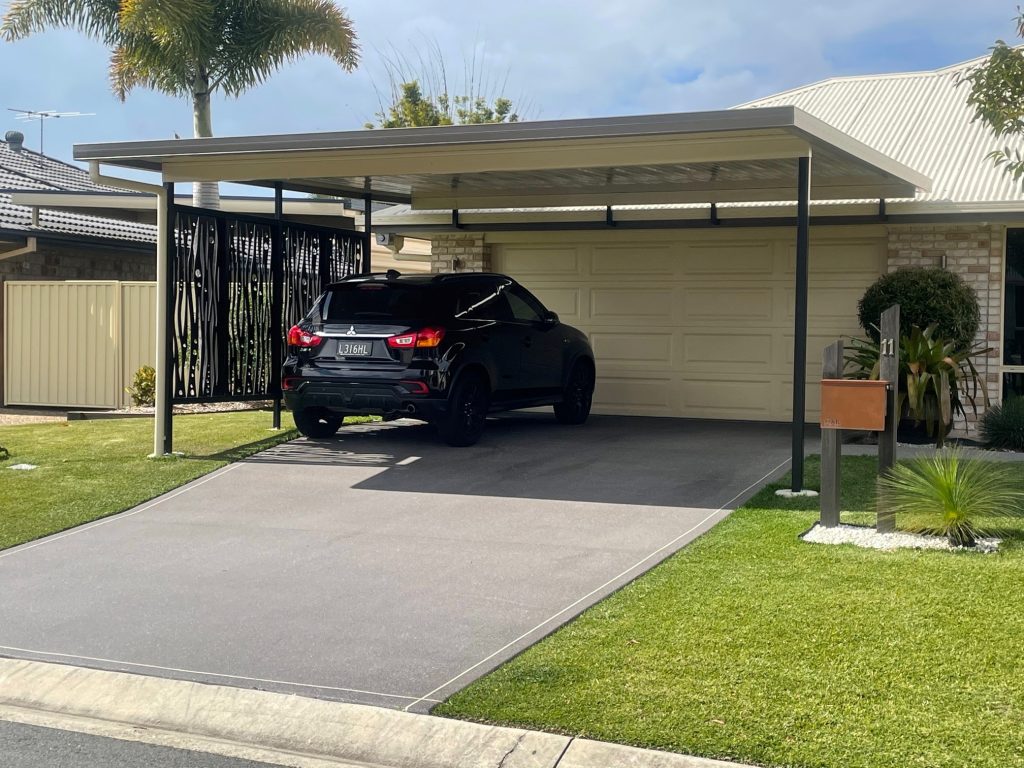
Step 1: Contact Your Local City Council
Start things off by getting in touch with your local city council. They’re your go-to source for the specific rules and requirements for building a carport in your area. This first step is all about understanding where you want to build your carport and whether you need a permit.
Step 2: Hire a Professional Carport Builder
Next, consider hiring a professional carport builder. These experts have a deep understanding of local building codes and regulations and can help ensure that your carport project complies. Plus, they can help plan and customise your carport design so it meets both the council requirements and is perfect for your needs.
Step 3: Obtain a Building Approval
Once your plans get the thumbs up, you’ll get a building approval, sometimes known as a certificate of approval from council or your building certifier. This important piece of paper confirms your carport’s design has been assessed against the building code of Australia and has been approved to proceed. It’s your official ‘go ahead’ to start building.
Step 4: Commence Building
With all the paperwork sorted, it’s time to roll up your sleeves and start building your carport. Just remember, stick to the approved plans during construction to steer clear of any potential hiccups or violations.
While the council approval process might seem a bit overwhelming at first glance, by following these steps, you’ll be well on your way to a smooth and legally-compliant carport construction journey.
What are the consequences of not seeking council approval for my new carport?
Neglecting to seek the appropriate approval for your new carport can have several serious consequences:
- Ensuring Safety: Council approval guarantees that your carport meets all safety standards, minimising the risk of potential accidents due to structural failures or poor design. This keeps residents, neighbours, and visitors safe from harm.
- Complying with Regulations: By obtaining approval, you ensure your carport aligns with the building code of Australia. This prevents legal issues such as fines, lawsuits, or mandatory modifications down the line.
- Maintaining Aesthetics: Local councils often have guidelines to maintain the aesthetic consistency of the neighbourhood. Approval ensures your carport fits within these guidelines and doesn’t detract from the overall appearance of the community.
- Preserving Property Value: Unauthorised structures can negatively impact your property’s value. An approved, professionally built carport can enhance your property’s appeal and potentially increase its market value. On the other hand, unapproved structures may deter potential buyers or lower the selling price.
- Avoiding Penalties: Building without carport council approval can lead to severe penalties, including hefty fines. In some cases, you may be ordered to demolish the structure entirely, leading to financial loss and wasted effort. Therefore, obtaining approval beforehand is not just beneficial—it’s essential.
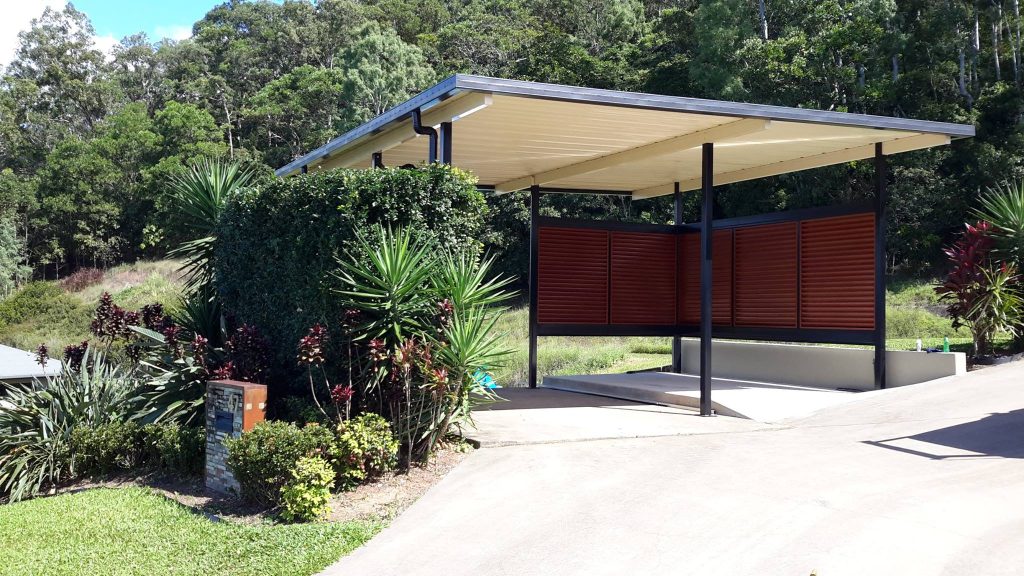
FAQs
How close to the property boundary line can I build a carport?
Your carport structure must be positioned inside your own property line. Typically with a setback 6m from the front boundary and 1.5m from the side and rear boundaries. But remember, local rules differ, and further applications may need to be submitted, so always check what your local council will allow.
Are there cases where building approval is not provided to build a carport?
Yes, there are instances when the local council may not give your carport project the go-ahead. For instance, in NSW, if your property is a bit on the snug side (less than 8m wide) and doesn’t have vehicle access from a second road, you might hit a roadblock with your carport plans. The council could also deny if your carport design doesn’t comply with safety or planning standards.
Does every state require council approval for a carport?
While the specifics can vary, it’s a safe bet to assume you’ll need a building permit for your carport. Most states insist on them to make sure all structures are safe, fit with local regulations and keep the neighbourhood aesthetics. As always, your local council is your best source for the nitty-gritty details in your area.

